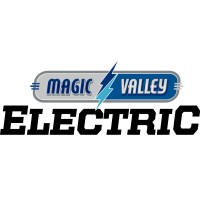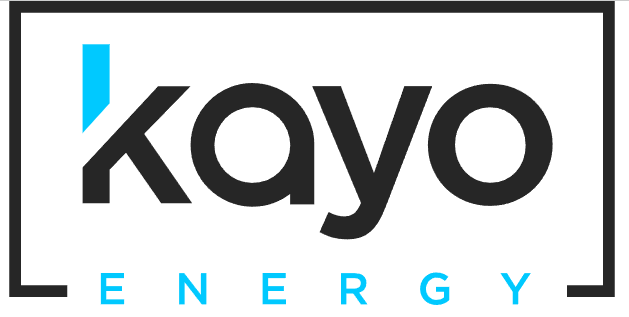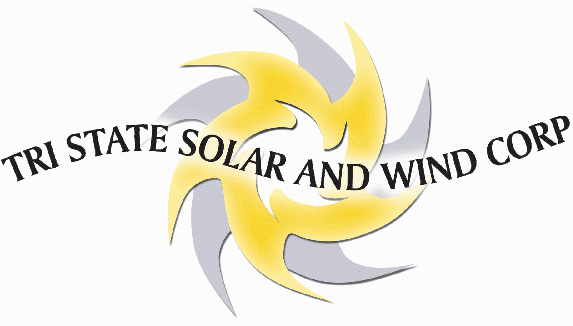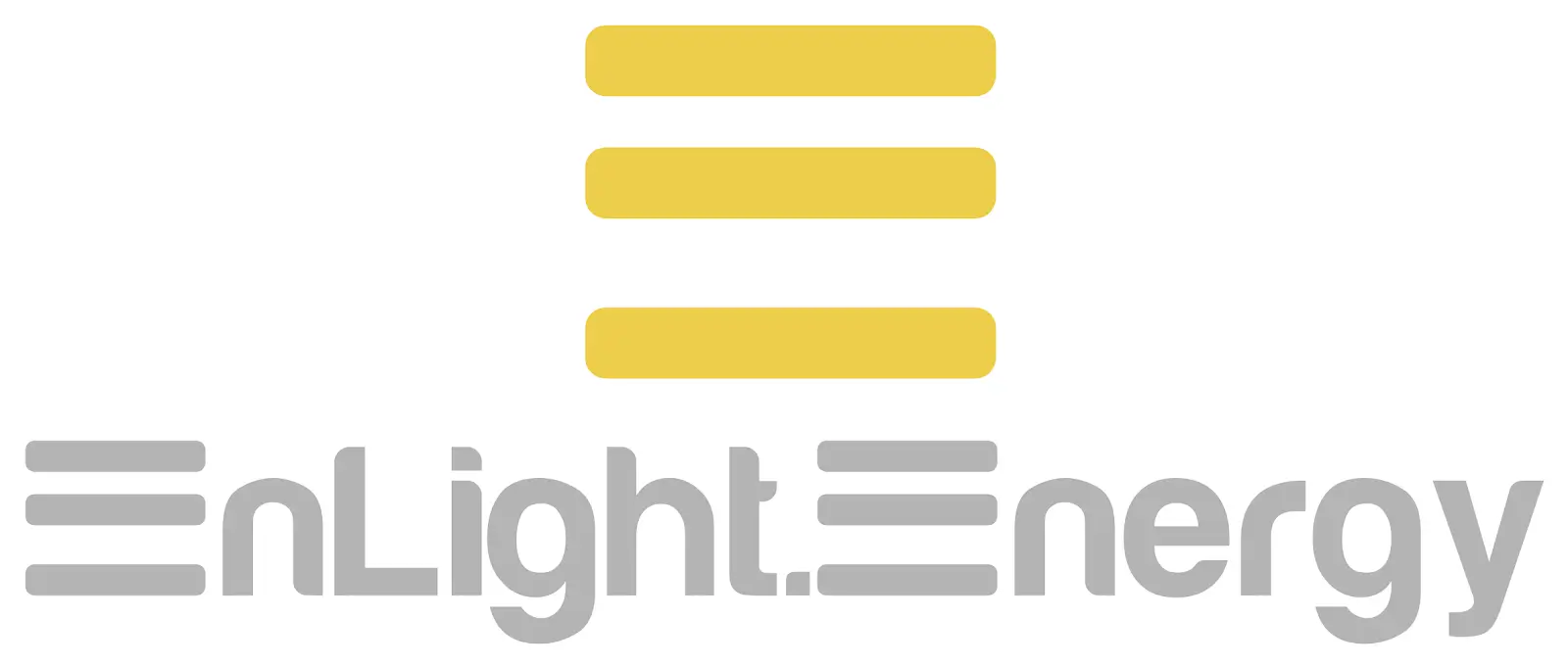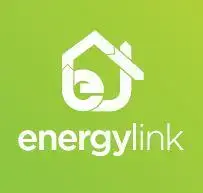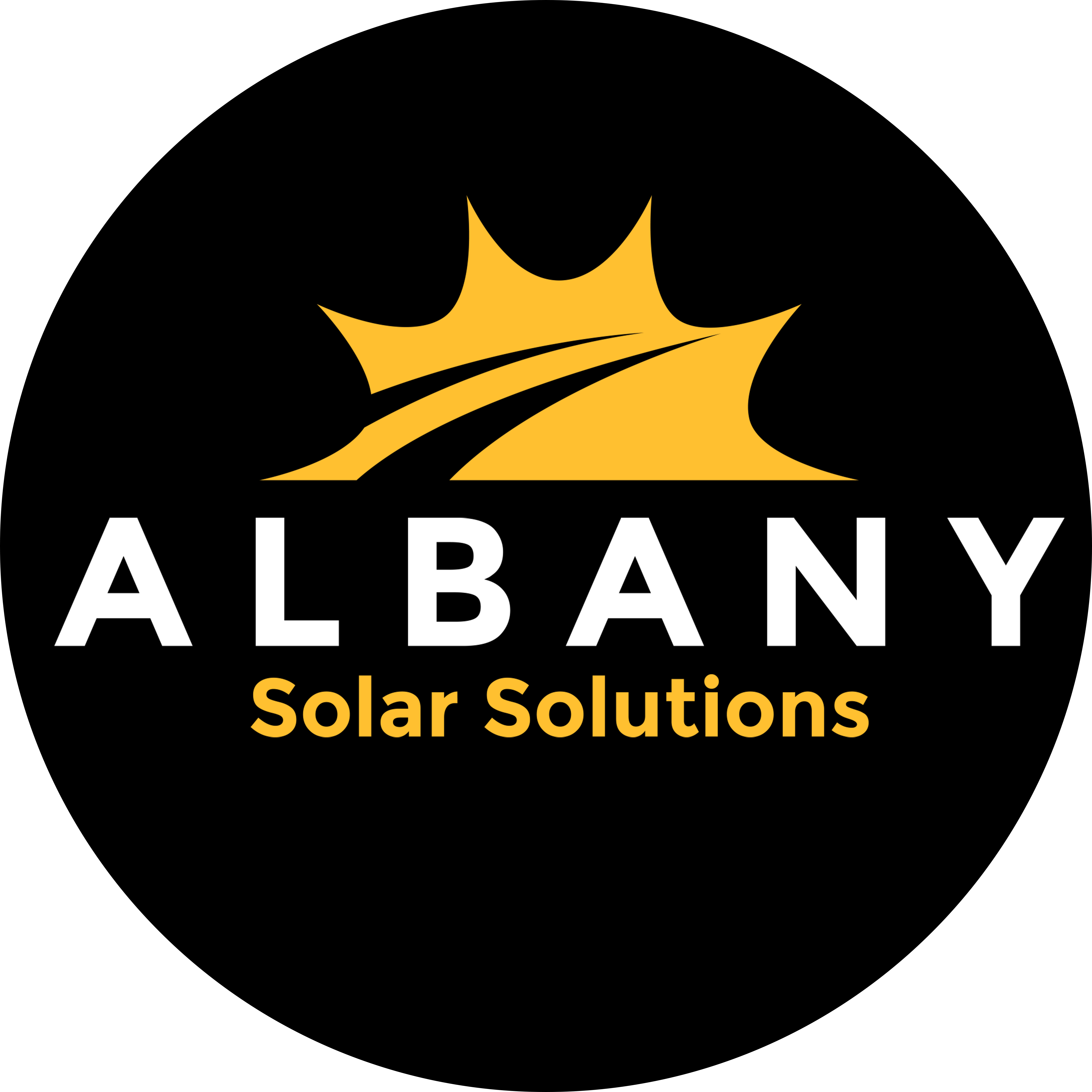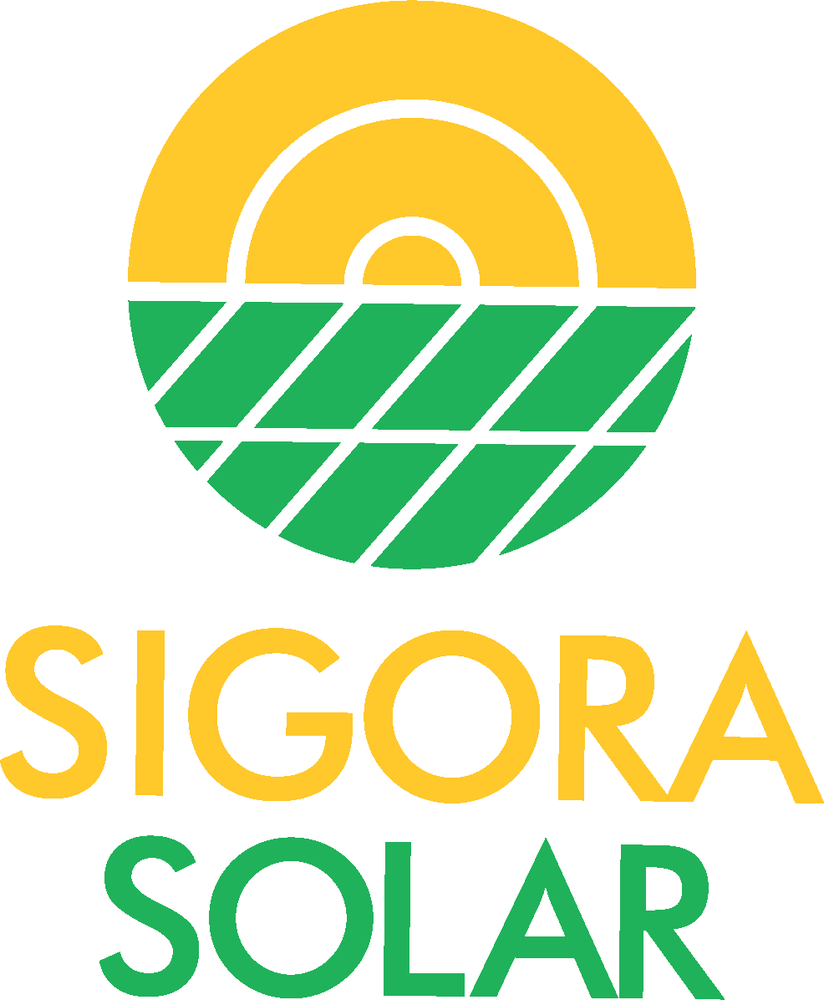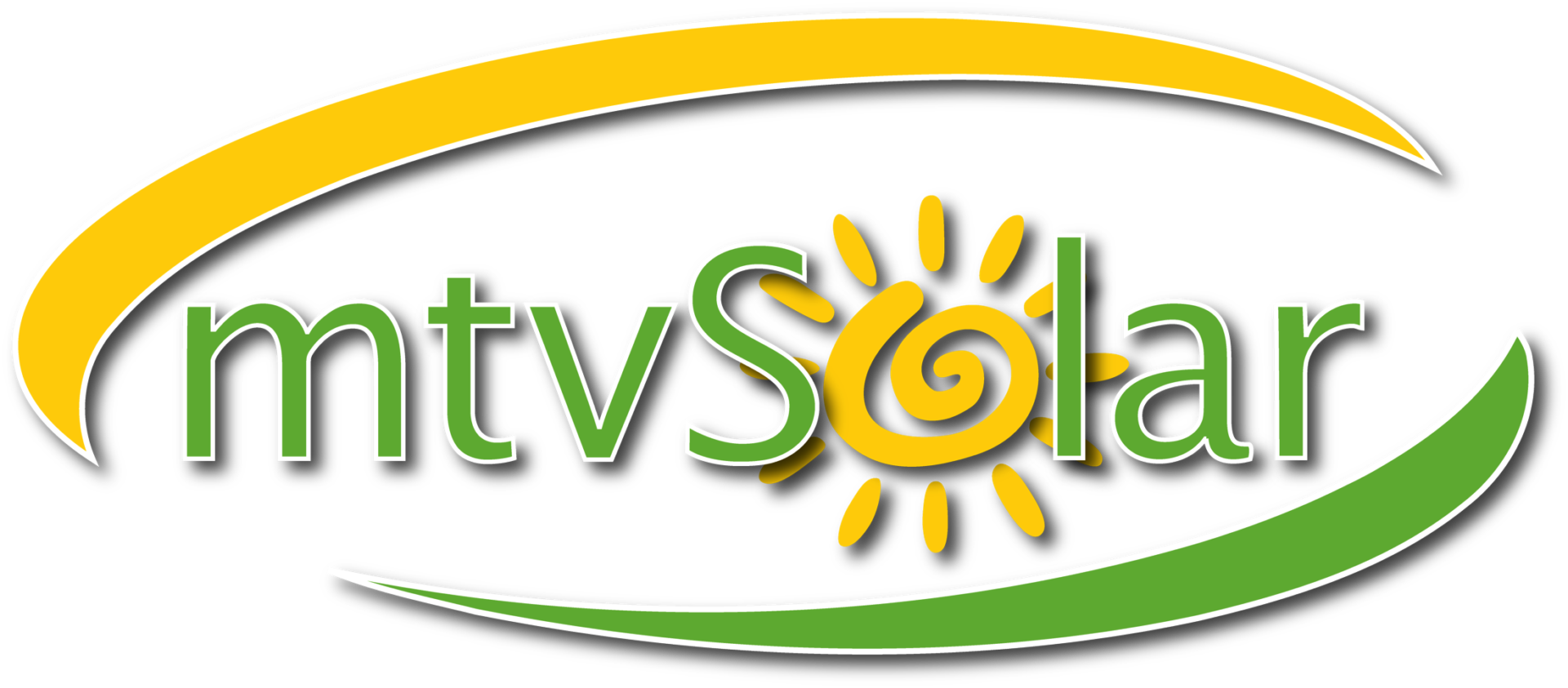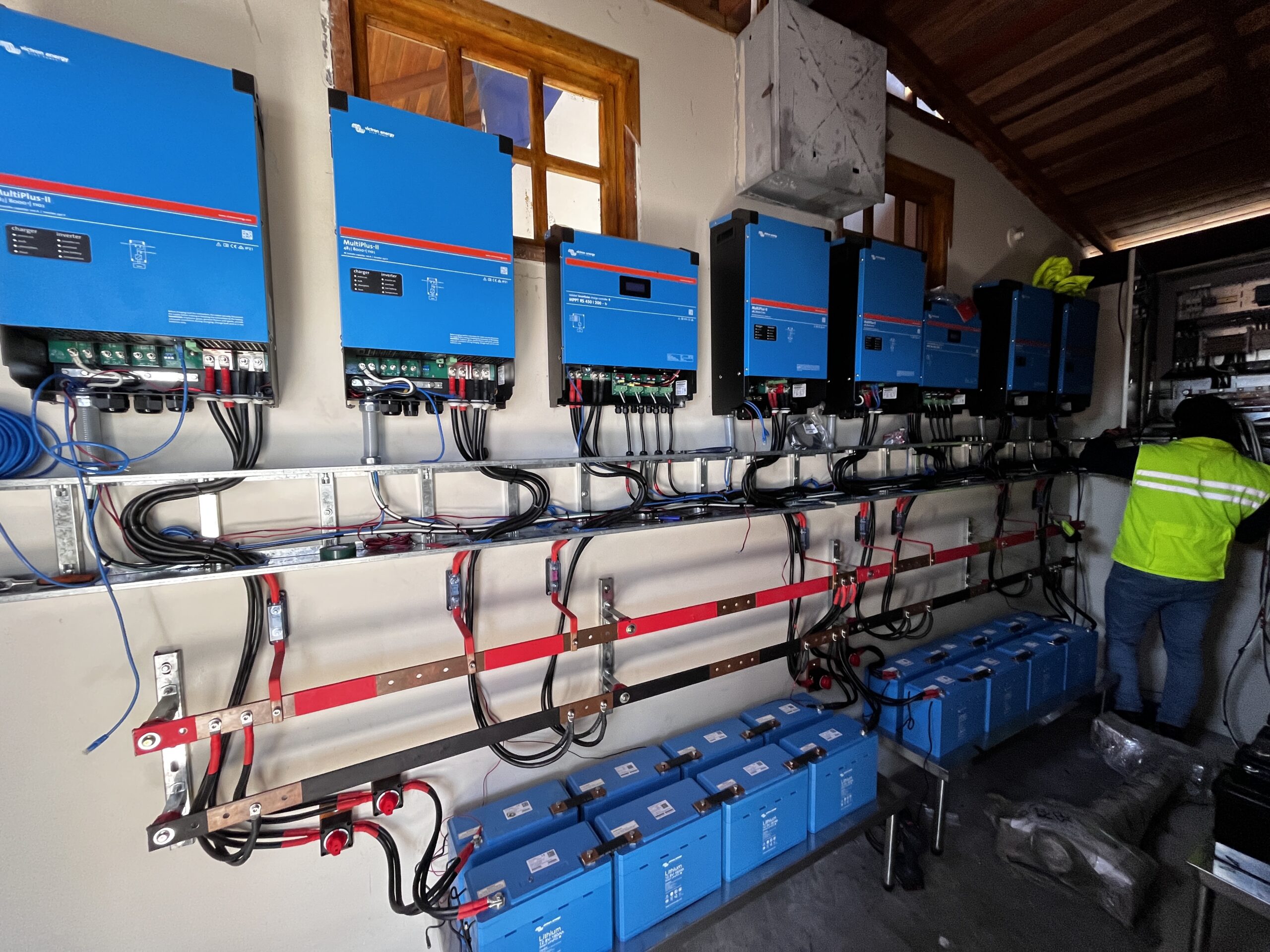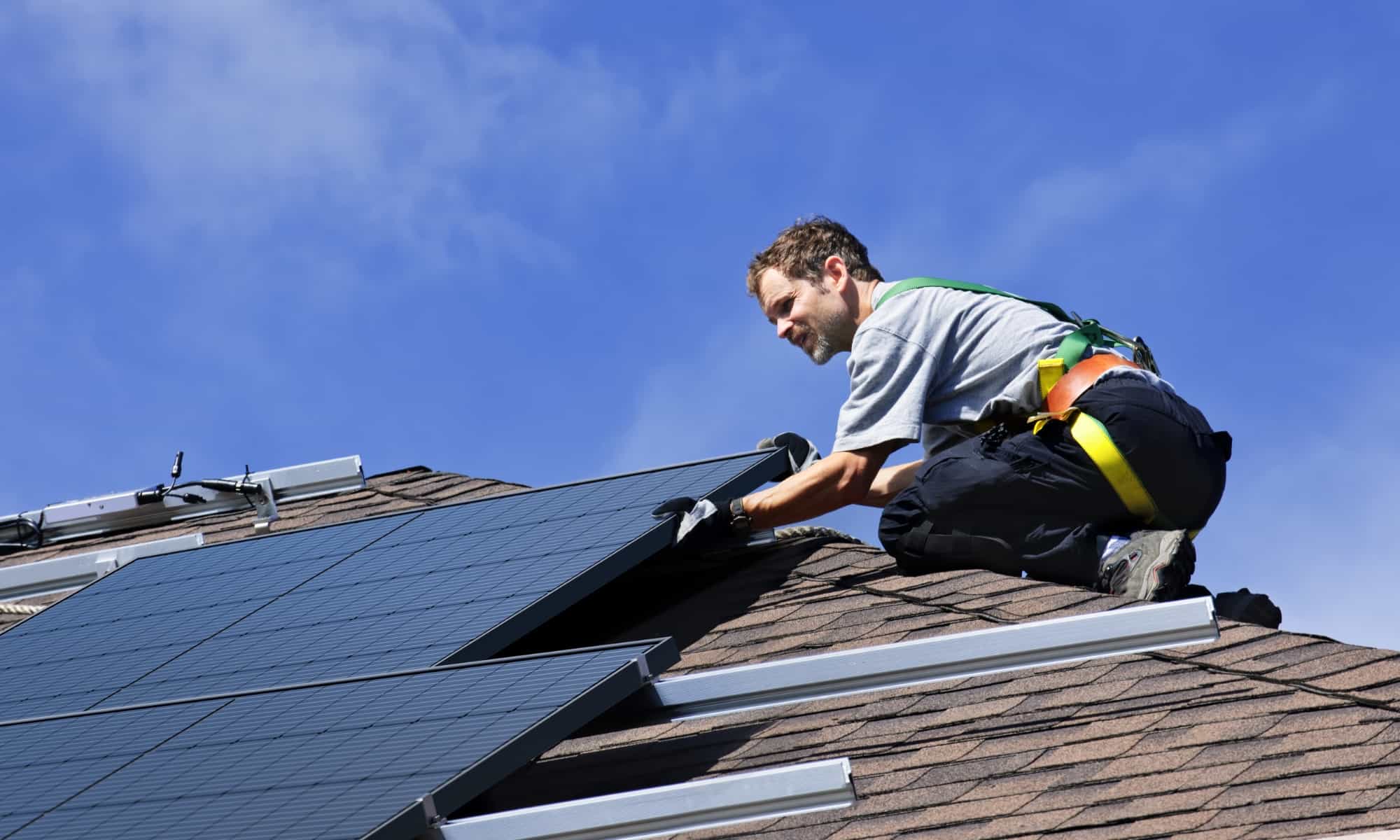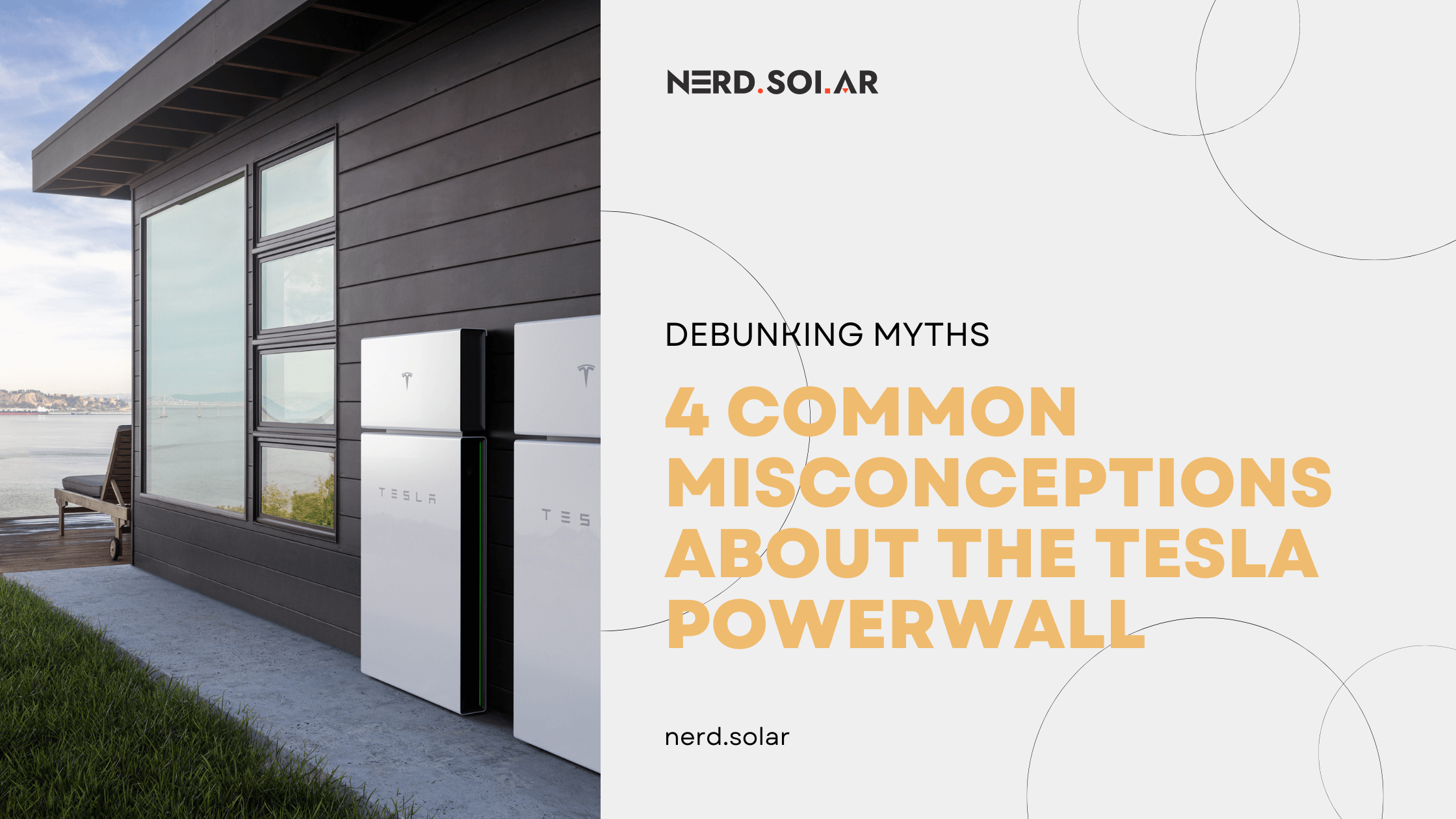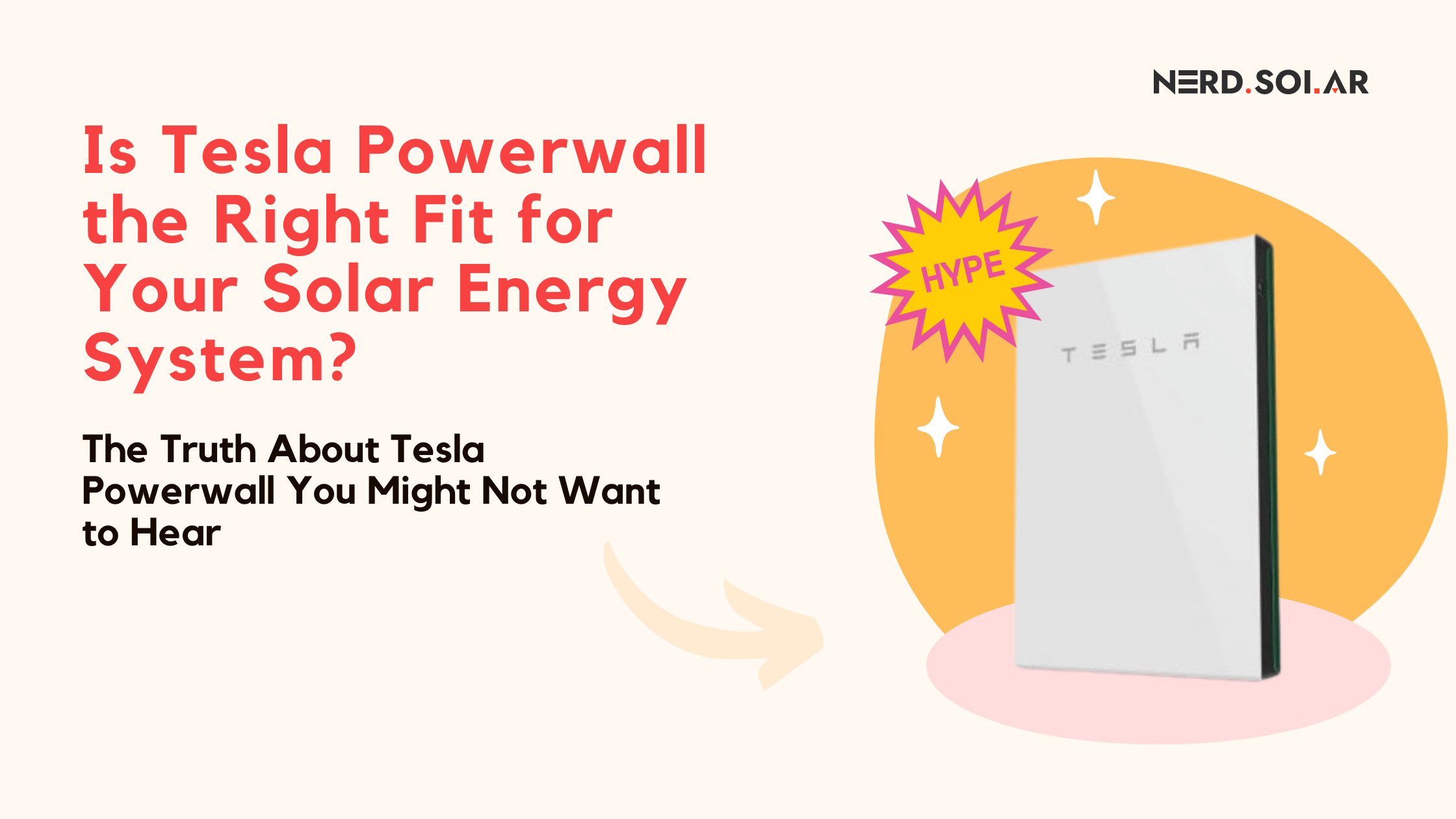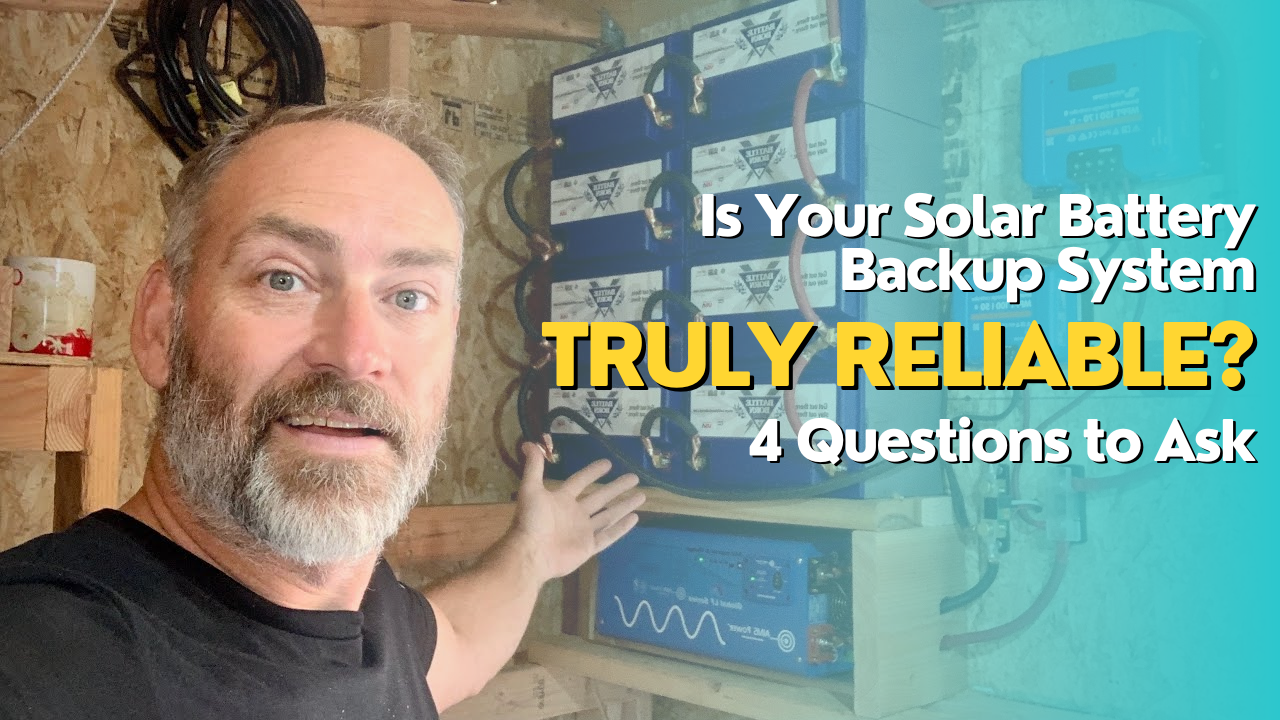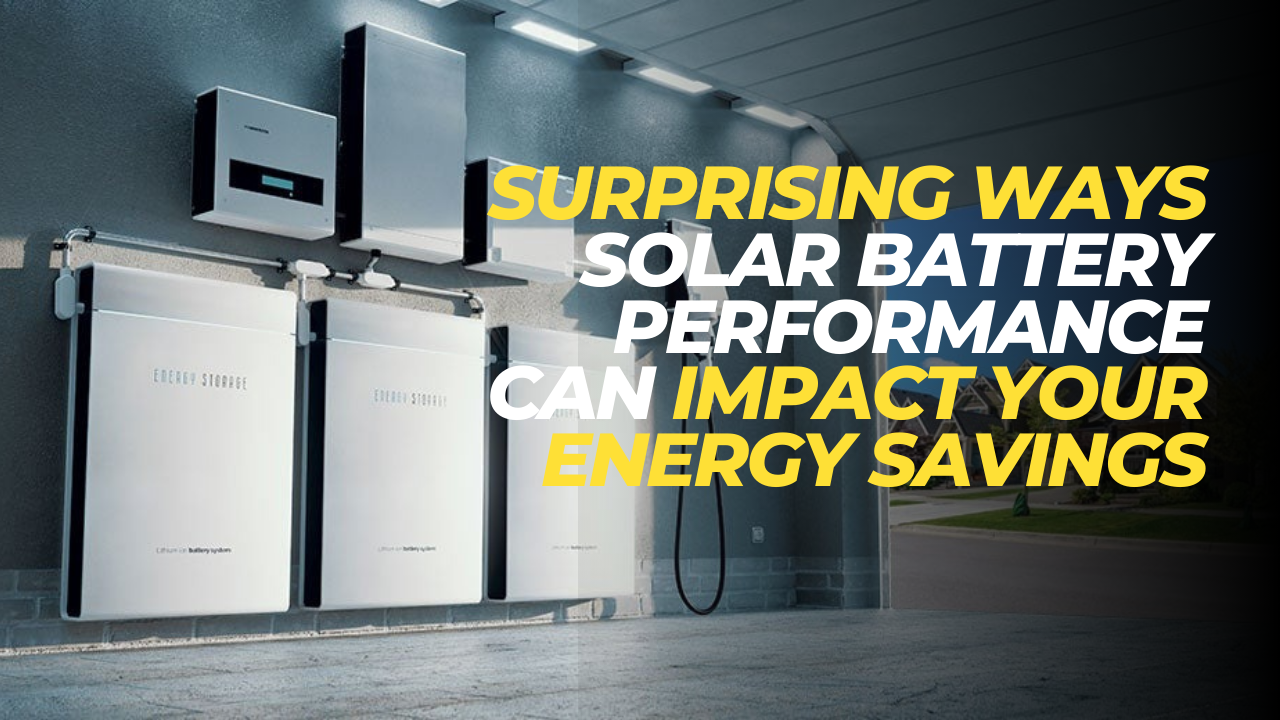How Do We Rate Solar Companies?
TL;DR: We rate solar installers from 1 to 5 stars to help you pick the best one. High stars mean they’re really good at what they do and treat their customers right. Low stars? Not so much. We give credit to companies that have been around for a while, know what they are doing, have a high standard of workmanship and equipment, don’t hire subcontractors to keep the bar of solar installation quality high and have good local reviews from real customers (yes, we check if the reviews are actually real or fake). Companies we choose as top-rated know and can help with federal and local solar incentives to help you save, have good financing plans, and guarantee their work. We’re here to point you to the solar companies that truly rock, making going solar easy and worthwhile for you.
Check our detailed review process here.
Quick Overview
- Is It Worth Going Solar in Nevada? Yes, it is worth going solar in Nevada. The state ranks 6th in the country for solar installations. The average solar payback period is 10 years. The average homeowner saves $39,939 over the lifetime of their solar system.
- How Much Does Solar Save Homeowners in Nevada? The average homeowner in Nevada saves $39,939 over the lifetime of their solar system1.
- What is the Average Cost of Going Solar in Nevada? The average cost of a solar panel installation in Nevada ranges from $10,992 to $14,872. After the federal tax credit, the average price drops by 30%.
- Nevada Solar Incentives Nevada offers several solar incentives. Homeowners are eligible for a decent net metering policy and the federal solar investment tax credit (ITC). The state also has an Expanded Solar Access Program (ESAP) that allows a limited number of residential and business customers to derive their electricity mix from utility-scale and community-based solar resources without requiring a solar system installation on the property.
- Net Metering Policies in Nevada Net metering in Nevada allows customers to use energy generated by their leased or purchased solar system to offset their monthly power bill. If a customer’s solar system produces more energy in a billing period than used, the excess energy will be pushed back onto the grid and used
Is It Worth Going Solar in Nevada?
Yes, it is generally worth going solar in Nevada. Here are some key points to consider:
- Solar Installations: Nevada ranks 6th in the country for solar installations.
- Electricity Rate: The average electricity rate in Nevada is 16.35 cents per kilowatt-hour.
- Payback Period: The average solar payback period in Nevada is 10 years.
- Savings: The average homeowner in Nevada saves $39,939 over the lifetime of their solar system.
- Incentives: Homeowners in Nevada are eligible for a decent net metering policy and the federal solar investment tax credit (ITC).
- Solar Efficiency: With an average of 158 clear days per year, Nevadans can enjoy great efficiency from their solar systems.
It’s important to note that while solar is a great option for many people in Nevada, it’s not guaranteed to save you money. The cost-effectiveness of solar can depend on factors like your specific energy usage, the orientation and shading of your roof, and the specific terms of any loan or lease agreement you might enter into. Therefore, it’s recommended to get a personalized quote and consultation from a solar provider to determine if solar is a good fit for your specific situation.
How much does solar save homeowners in Nevada?
- Solar Savings: The average homeowner in Nevada saves $39,939 over the lifetime of their solar system. Assuming a 1.5% annual increase in electricity prices and that you install your system with a $0-down loan, you can expect to save $2,400 in your first year, $12,600 over five years, $26,100 over 10 years, and $56,300 over 20 years on electric bills in Nevada.
- Payback Period: The average solar payback period in Nevada is around 10 years. This is the amount of time it takes for property owners who install solar panels to recover their initial investment through electricity savings.
- Electricity Bills: Recent research has projected an increase in monthly electric bills for homes in Las Vegas, NV by 2030, with estimates reaching up to $350 per month. However, embracing solar energy can significantly reduce monthly electric bills to $260 or even less. Moreover, it has the potential to completely eliminate these bills.
Please note that these figures are averages and actual savings can vary depending on factors such as the size of the solar installation, household energy consumption, and the specific terms of any loan or lease agreement you might enter into.
What is the average cost of going solar in Nevada?
The average cost of going solar in Nevada can vary depending on the size of the solar installation. Here are some key points:
- Cost per Watt: As of April 2024, the average solar panel system costs $2.59/W including installation in Nevada.
- 5 kW System: For a 5 kW installation, this comes out to about $12,932 before incentives, though prices range from $10,992 to $14,872.
- Federal Tax Credit: After the federal tax credit, which is 30% of all your solar equipment and installation costs, the average price drops by 30%.
- System Size: The cost of your solar panel system depends on its size. For example, while a 5 kW system will only cost you $12,932 in Nevada, doubling the system size effectively doubles the price, so you’ll pay about twice that for a 10 kW system.
- Cost Range: The average cost of a solar panel installation in Nevada ranges from $11,050 to $14,950.
These costs include the price of the solar panels, inverter, racking system, and installation. It’s important to note that these are average costs and the actual cost can vary depending on various factors such as the specific equipment used, the installation company, and the specific location of the property.
*Also, these costs do not include any state-specific incentives or rebates that might be available in Nevada, which could further reduce the cost.
Nevada Solar Incentives
Nevada offers several incentives for solar energy that can make going solar more affordable. Here are some key incentives:
- Federal Solar Investment Tax Credit (ITC): If you install your photovoltaic system before the end of 2032, the federal tax credit is 30% of the cost of your solar panel system. This is 30% off the entire cost of the system including equipment, labor, and permitting.
- Net Energy Metering: With net metering in Nevada, you get credited at near retail rates by your utility company for the amount of solar energy you produce but aren’t able to use onsite. As of 2022, any kilowatt hour (kWh) of solar electricity you send back to the grid which you aren’t able to use will be credited at 75% of retail rates, currently about 7 cents per kWh.
- Lower Income Solar Energy Program (LISEP): This is a joint effort of NV Energy and the Nevada Governor’s Office of Energy (GOE), and offers incentives to business customers for solar photovoltaic (PV) systems that serve lower income populations.
Please note that these incentives can significantly reduce the cost of going solar in Nevada. However, the availability and amount of these incentives can vary based on a number of factors, so it’s recommended to consult with a local solar provider or energy consultant for the most accurate and up-to-date information.
Net Metering Policies in Nevada
Net metering allows customers to use energy generated by their leased or purchased solar system to offset their monthly power bill. If a customer’s solar system produces more energy in a billing period than used, the excess energy will be pushed back onto the grid and used by other electricity customers.
Customers earn credits for the excess energy. The credits are recorded on customers’ electric bills. The credits will be automatically applied in the next billing period in which a customer consumes more energy than produced.
- Net Metering Rates: Effective June 15, 2017, Nevadans who choose to net meter will fall under a rate structure set by the Nevada Legislature in Assembly Bill 405 (AB 405). This rate structure applies to renewable energy systems of not more than 25 kilowatts, which is typical of a rooftop solar system installed at a home or small business.
- Net Metering Rate Tiers: The net metering rate structure is tiered and set to decrease over time as the combined amount of applied-for and installed capacity of net metering systems hits 80 megawatt benchmarks.
- Tier 1 – 95% of the retail rate: This was the net metering rate for those who agreed to net meter on or after the effective date of June 15, 2017, until the combined amount of applied-for and installed capacity of net metering systems signed up at this tier equaled 80 megawatts.
- Tier 2 – 88% of the retail rate: The net metering rate decreased to 88% of the retail rate after the combined applied-for and installed capacity of net metering systems under Tier 1 reached 80 megawatts.
- Tier 3 – 81% of the retail rate: The net metering rate decreased to 81% of the retail rate after the combined applied-for and installed capacity of net metering systems under Tier 3 equaled 80 megawatts.
- Benefits: Net metering can provide significant financial benefits. By generating your own electricity and feeding excess power back into the grid, you can offset the cost of power drawn from the utility. This can lead to substantial savings on your electric bill.
Remember, these policies can significantly reduce the cost of your electric bill and increase the return on your investment in solar energy. However, the availability and amount of these incentives can vary, so it’s always a good idea to check with a local solar installer or your utility company for the most current information.
Are There Any Community Solar Programs in Nevada?
- Community Based Solar Resources (CBSR): NV Energy’s Expanded Solar Access Program (ESAP) allows a limited number of residential and business customers who meet eligibility requirements to derive their electricity mix from utility-scale and community-based solar resources without requiring a solar system installation on the property. The energy generated will be incorporated into the NV Energy grid and used to serve all customers.
- Nevada’s Community Solar Program: Thanks to AB 465, which passed in 2019, Nevada utility companies will create expanded solar access programs. The solar gardens are not owned by community members directly. The bill allows three to ten community solar projects per service territory and limits projects to under 1,000 megawatts.
- Community Based Solar Option: NV Energy this year will move forward with establishing new community-based solar resources that generate energy for the program. State law requires the program to create at least six but no more than 20 solar resources, split evenly between northern and southern Nevada3.
To take advantage of these programs, you would need to contact NV Energy or your local utility company to see if you meet the eligibility requirements and to get more information on how to participate.

